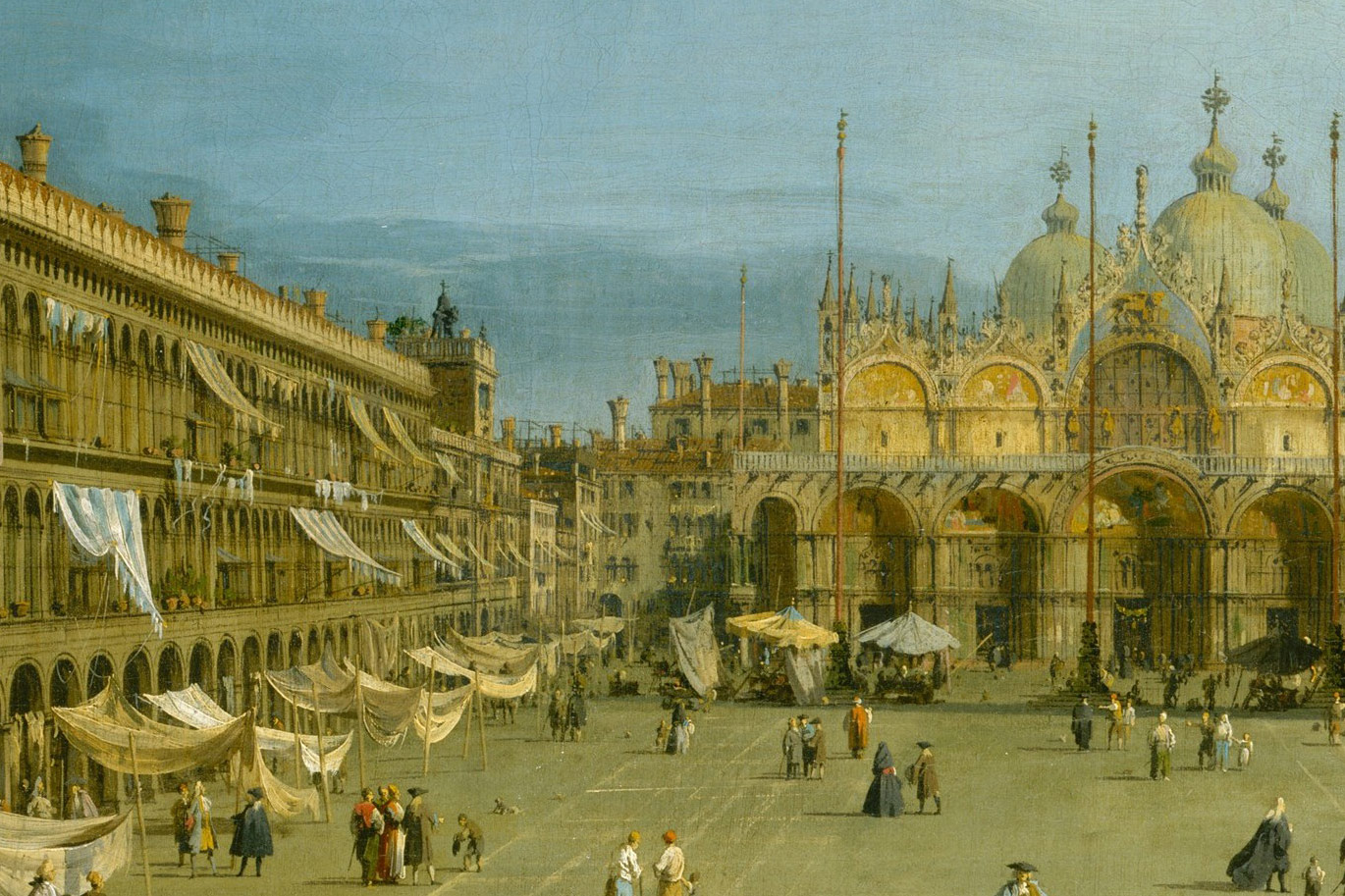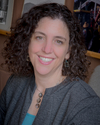- Autumn 2018
Meeting Time:
MWF 11:30am - 12:50pm
Location:
ART 003
SLN:
10509
Instructor:
Catalog Description:
Surveys indigenous art of the Pacific Northwest Coast from the Columbia River in the south to Southeast Alaska in the north and from ancient through contemporary times. Focuses on the historical and cultural contexts of the art and the stylistic differences between tribal and individual artists' styles.
GE Requirements:
Social Sciences (SSc)
Arts and Humanities (A&H)
Credits:
5.0
Status:
Active
Last updated:
October 17, 2018 - 9:11pm



